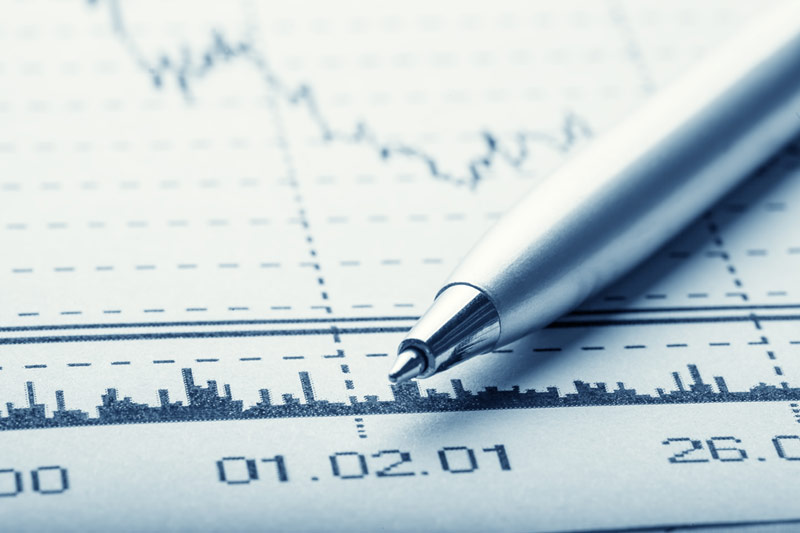By Sarupya Ganguly
BENGALURU (Reuters) – The U.S. dollar will hold steady in coming months despite an expected series of interest rate cuts by the Federal Reserve, according to average forecasts from currency strategists polled by Reuters, who were largely divided on the currency’s overall direction.
Since July, the dollar has lost almost all of its gains of almost 5% against a basket of major currencies that had built up in mid-year on expectations that the Fed would cut interest rates from what many saw as too restrictive a level. However, the currency has remained largely stable in recent weeks.
With price pressures widely believed to be under control, the central bank began easing last month with an extra-large cut of half a percentage point to prevent a further weakening of the labor market in the world’s largest economy.
The Fed was expected to cut its key policy rate by 25 basis points in both November and December, according to a majority of more than 100 economists in a separate Reuters poll after the September meeting.
While in line with the Fed and Chairman Jerome Powell’s own projections who said policymakers were in no “rush” to cut rates, that expectation was shallower than the nearly 72 basis points of dovish rate futures currently pricing.
Despite this, the dollar should remain firm in the coming months, with the euro currently around $1.11 and set to hold at this level through the end of the year and through the end of March, according to the average forecasts of almost 80 strategists in a report from September 30 to October. 2 Reuters poll.
The common currency was then expected to rise about 2% in a year to $1.13, the survey showed, in line with calls for dollar weakness that analysts have been holding for most of this year.
“While we believe that a global soft landing coupled with Fed easing, if realized, should ultimately result in broad-based dollar weakness, the path to getting there, at least in the near term, could be can be treacherous,” said Meera Chandan. FX Strategist at JP Morgan.
Analysts answering a separate question were split on the dollar’s overall direction for the rest of the year. Just over half, 35 out of 62, said trading was likely to be weaker than they expected. The rest said stronger.
“It appears the Fed is on a strong risk management stance and wants to engineer a soft landing, and while employment numbers are slowing, they’re not falling off a cliff either,” said Alex Cohen, FX strategist at Bank of America.
“What markets have generally priced – a 50 basis point cut in November followed by 25 basis points in December – is also what we forecast. Barring any major upside surprises in the labor market data, that is the path they will follow – and it is coinciding. with a softer dollar.”
Respondents at the other end of the spectrum emphasized that demand for safe havens amid rising risks of wider conflict in the Middle East is one of the few possible tailwinds for the dollar in the coming weeks.
The outcome of the US presidential election in November and financial markets now fully pricing in a European Central Bank rate cut in October were also mainly seen as potential positives for the dollar, the poll showed.
“The dollar is likely to strengthen further, especially ahead of the US election, as we believe the market is not pricing in a full premium for potential Trump tariffs,” said Dan Tobon, head of G10 FX strategy at Citi.
“We also think there is more room for markets to price in a more dovish ECB, although that is a bearish view on the euro rather than a view on broad dollar strength.”

The Japanese yen, which has risen more than 11% since July, is expected to be the best performer among major currencies, rising more than 6% to around 136/$ in a year.
(Other stories from Reuters October currency poll)


